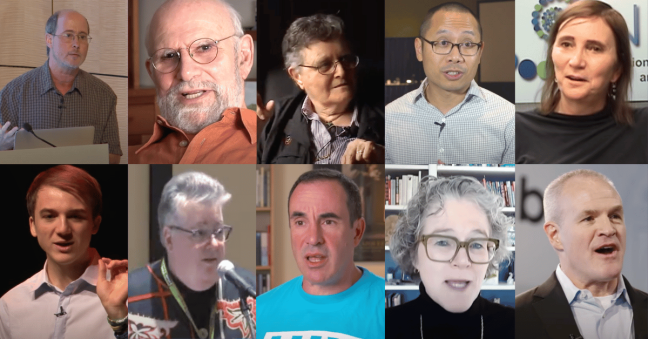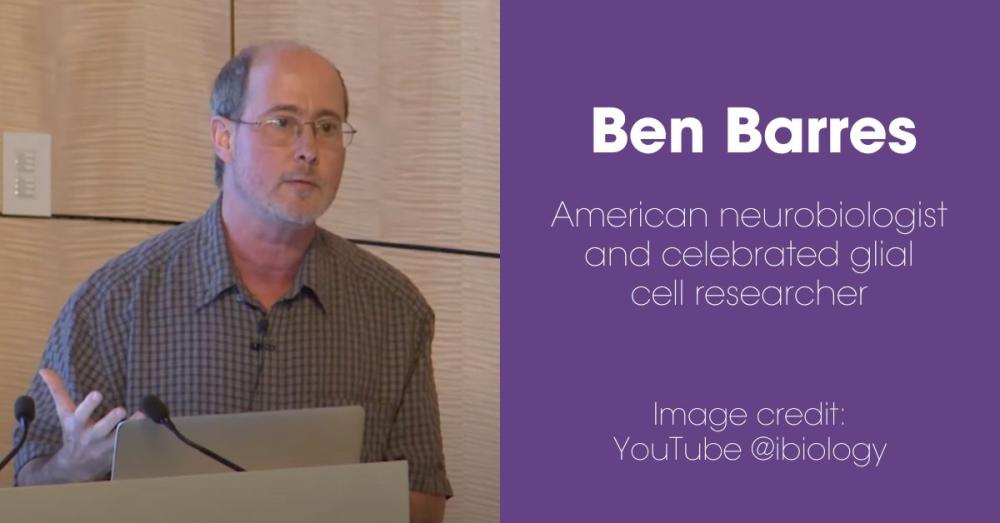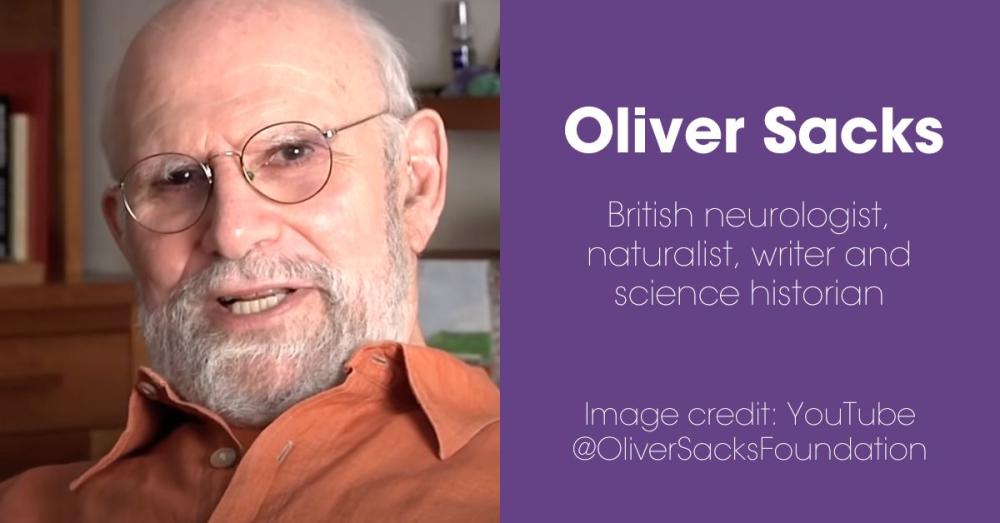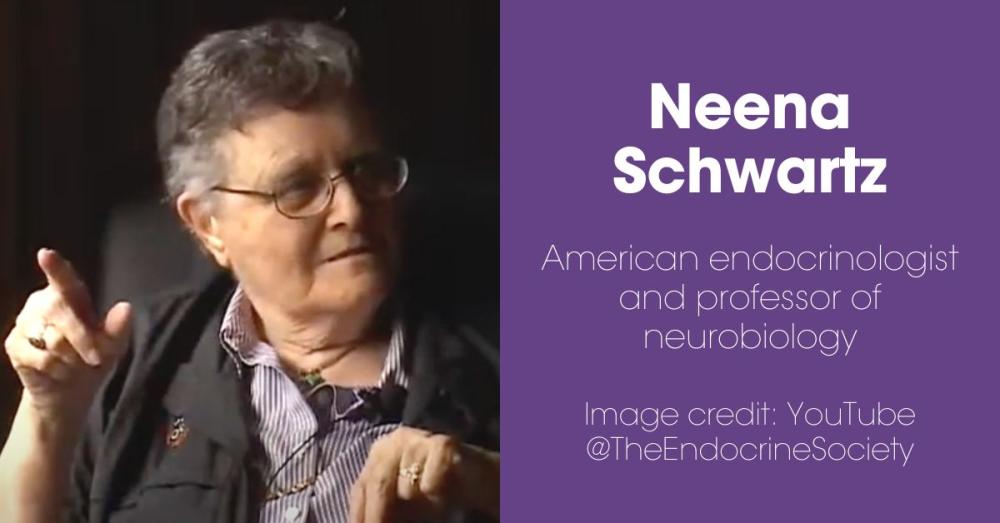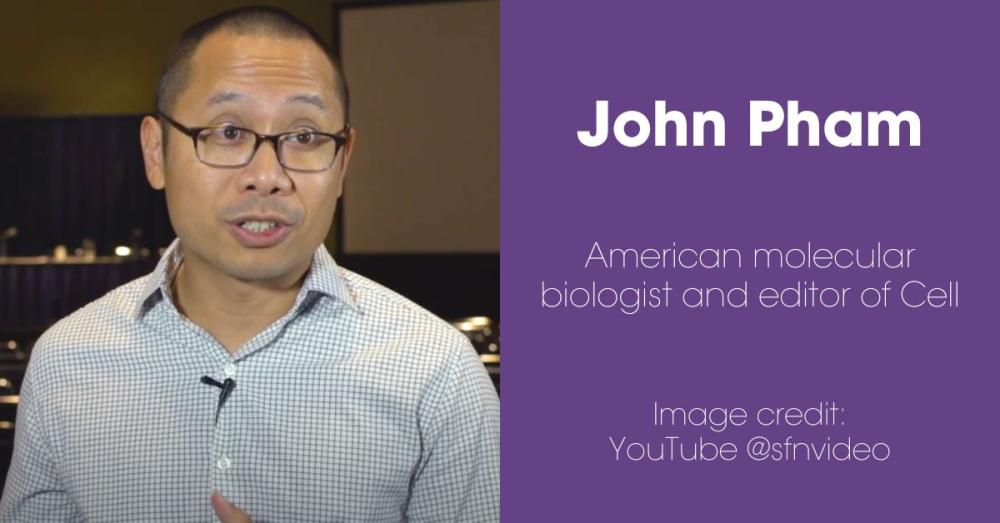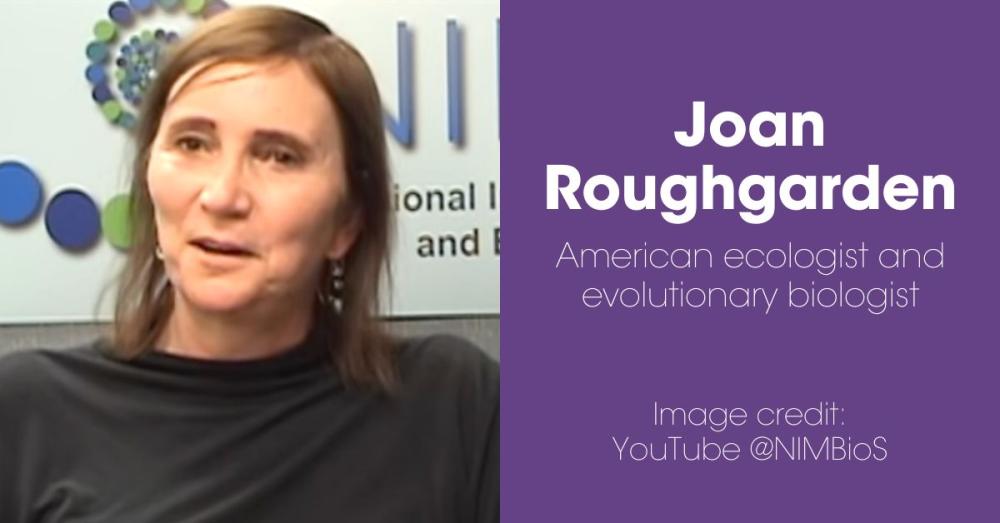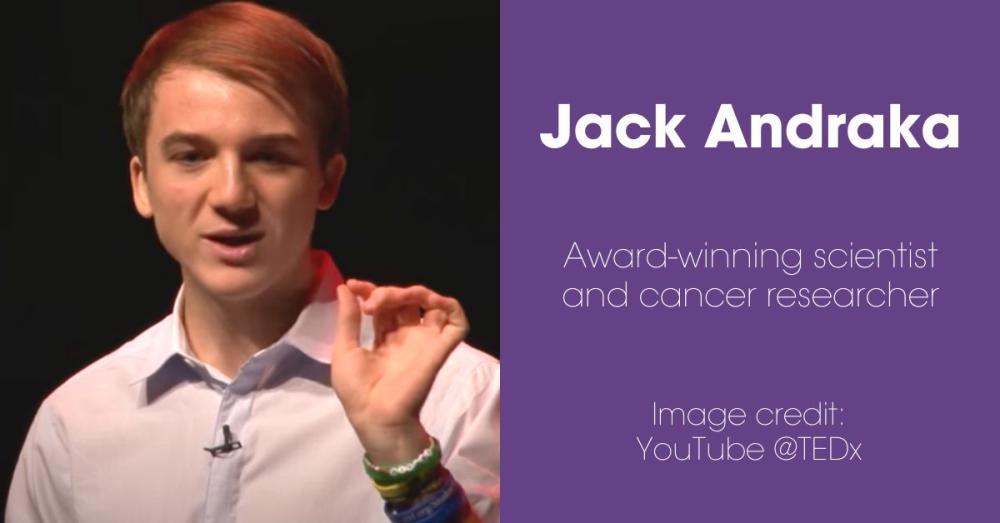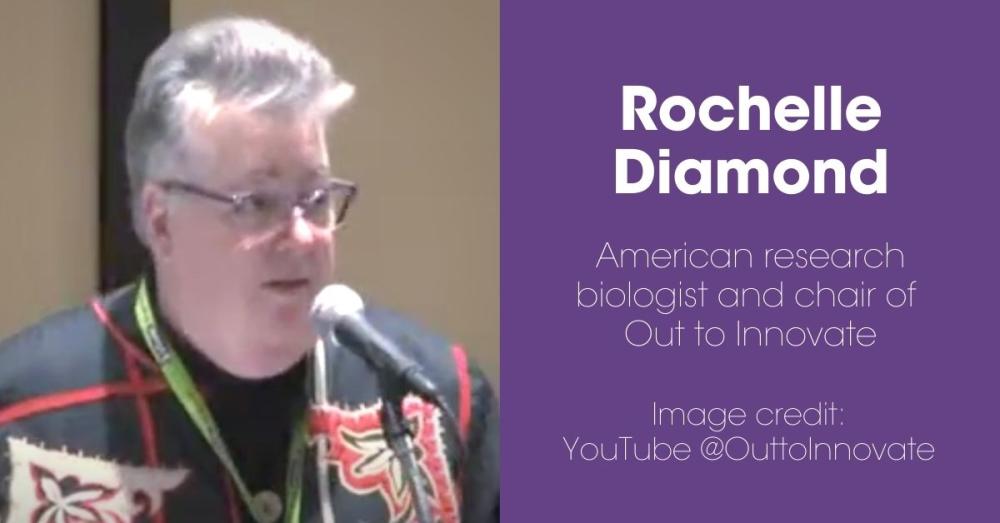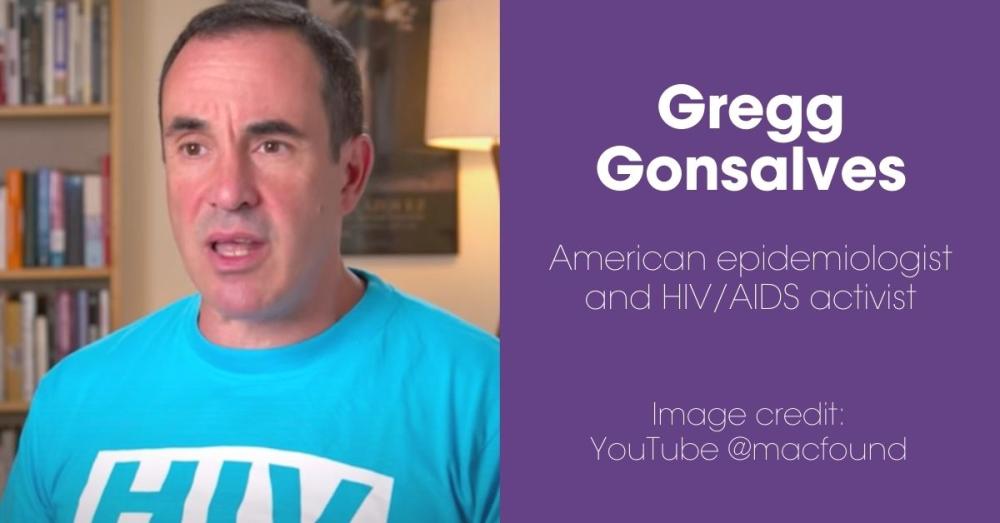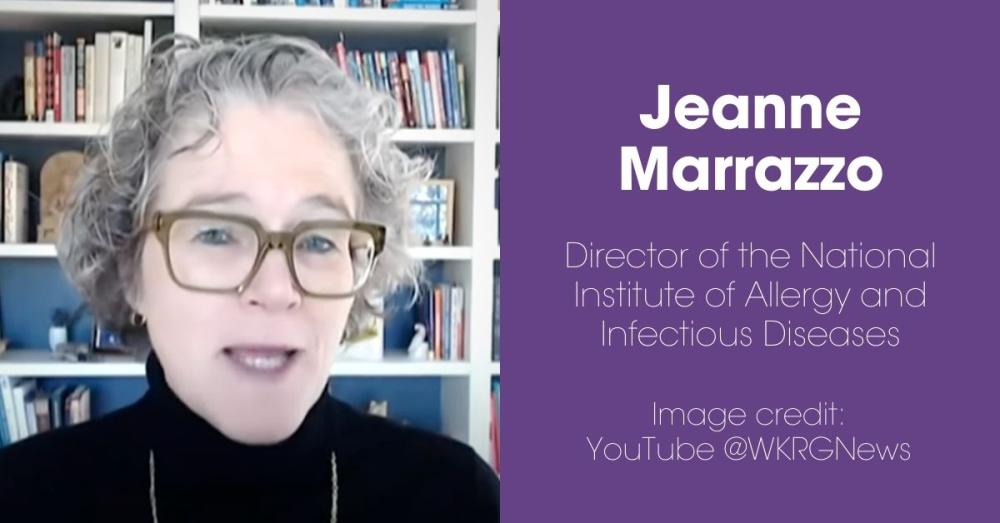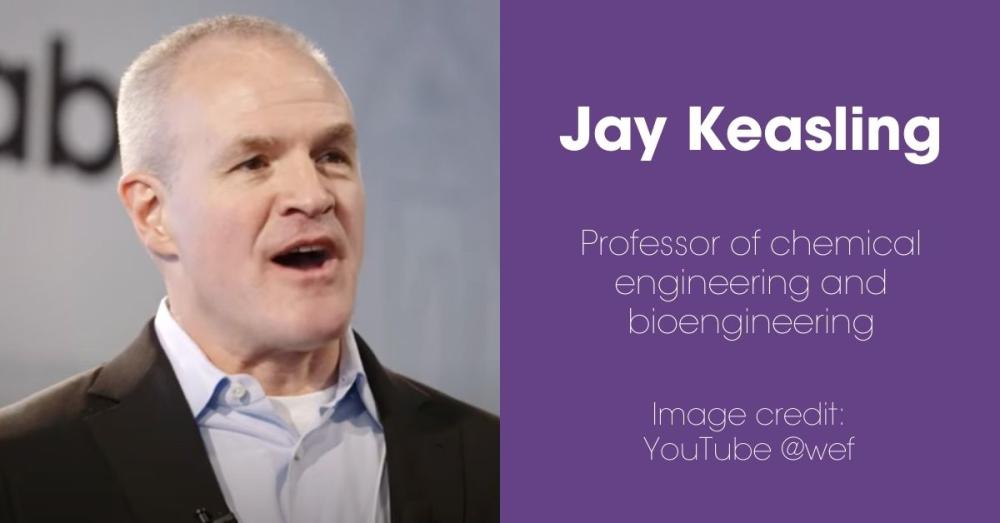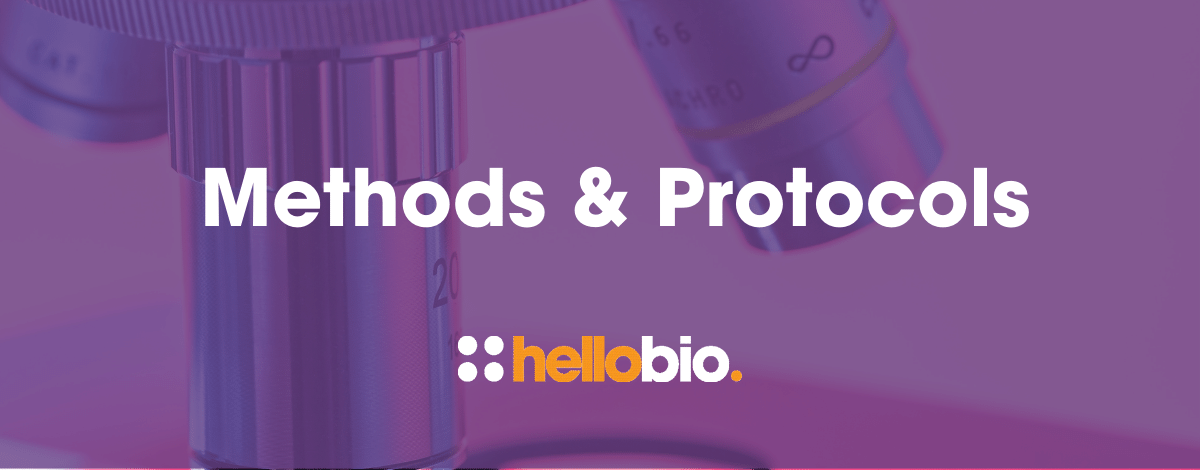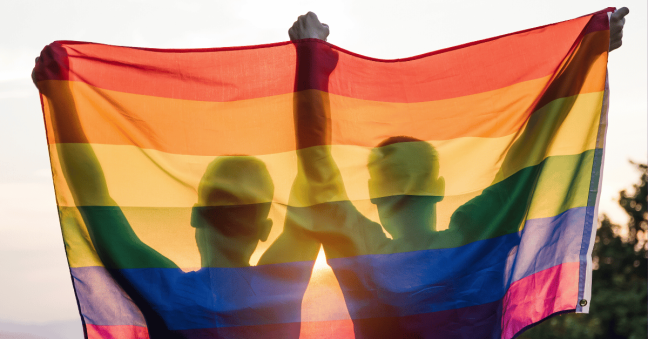Ten LGBTQ+ Scientists You Should Know About
Despite huge advances in the acceptance and celebration of diverse sexualities in society, being openly gay or transgender in the workplace isn’t always a positive experience for some. For those working in science research, being honest and authentic with lab colleagues can be a difficult hurdle to overcome, with many choosing to remain in the closet and keep their personal lives entirely separate from their professional lives.
Of course, a person’s sexuality has no bearing on their ability as a scientist, so why should it matter if their sexuality or transgender status is made visible to colleagues? Sexuality may have little impact on a person’s lab knowledge or practical skills, but the ability to develop strong working relationships and even to simply relax and be themselves at work is often something that can affect efficiency, productivity and overall professional performance.
Positive representation of LGBTQ+ people in scientific spaces is also important in order to provide role models for others, to promote inclusivity and diversity, and to break outdated stereotypes. Embracing diversity and inclusion strengthens the scientific community as a whole. Different perspectives and experiences can lead to more creative problem-solving, collaboration, and the development of more innovative solutions.
Throughout history, many LGBTQ+ scientists have made significant contributions to science despite their true identities being overlooked, while some suffered homophobia and total exclusion from their fields. Perhaps the most famous was Alan Turing, a British mathematician and computer scientist who despite his important achievements, was persecuted for his homosexuality, eventually leading him to take his own life.
Today, things are improving for gay and transgender scientists, but there is always more that can be done to encourage inclusivity and visibility for all. We’ve chosen to celebrate the life and work of 10 LGBTQ+ scientists who have achieved great things in their fields of study. From epidemiologists to science journal editors, from evolutionary biologists to teen science prodigies, these ten scientists should be recognised not only for their research achievements, but for their proud visibility as role models for the young gay scientists of tomorrow...
1. Ben Barres
American neurobiologist Ben Barres (1954-2017) was a transgender man who was recognised and celebrated for his groundbreaking work on glial cell research. His landmark discoveries in the 1980s proved that glial cells played an active role in brain function, and completely changed the way that researchers understood glial cell interaction with neurons. He was a powerful advocate for diversity and for women in science, and spoke openly about experiencing sexism before transitioning from female to male. He blazed a trail for trans scientists by becoming the first openly transgender member of the US National Academy of Sciences. He said of his transition:
When I decided to change sex I didn't have role models to point to. I thought that I had to decide between identity and career.
2. Oliver Sacks
British neurologist Oliver Sacks (1933-2015) was known as a celebrated physician, best-selling author and neurology professor who spent the majority of his working life at institutes and hospitals in the United States. He found success as a writer after publishing case studies of a wide variety of unusual neurological cases he had worked on throughout his career. His 1973 book ‘Awakenings’ told the story of the patients he had treated at Beth Abraham Hospital, who were all survivors of the 1920s sleeping sickness encephalitis lethargica. The book was later adapted in a feature film in 1990, starring Robin Williams and Robert De Niro. He was not open about his sexuality until later in life, when he began a relationship with fellow writer Bill Hayes, whom he was with until his death in 2015.
3. Neena Schwartz
American endocrinologist Neena Schwartz (1926-2018) was celebrated for her research work on female reproductive biology and hormone regulation, including the discovery of the hormone inhibin. She was an active feminist and a passionate advocate for women in STEM, and was recognised for her outstanding mentorship and support for female scientists. She was a founder of the Association for Women in Science and co-founded the Women in Endocrinology group. She came out as a lesbian when she published her memoirs in 2010, in which she spoke openly about her sexuality in the hope that she could “provide young gay scientists or other professionals with a lesson of possibilities for success and happiness.” She lived with her partner Harriet Wadeson, and died in 2018, aged 91.
4. John Pham
American molecular biologist John Pham is editor-in-chief of Cell, a well-respected science journal which he took charge of in 2018. He has been recognised for the major role he has played in making the journal more inclusive, bringing many more women on to the review team and the advisory board. He is openly gay, and speaks on matters of diversity and inclusion while representing LGBTQ+ and Asian communities. He was a speaker at World Pride in New York in 2019, and spoke about how coming out and being authentic about his sexuality has helped him to build stronger relationships, making him a better scientist and leader. He said:
You have to understand other people’s perspectives and share, and as strange as it seems, this difficult thing of coming out and being more open has actually made me much better at what I do.
5. Joan Roughgarden
American ecologist and evolutionary biologist Joan Roughgarden is a transgender woman who has been recognised for her work on animal behaviour. Considered by many to be the most notable trans scientist in American history, her work has challenged and criticised existing ideas on sex and gender minorities. Having completed a PhD at Harvard University in the early 1970s, she came out as transgender at the age of 52, and said of her decision to transition: “I didn’t know what the future held - whether I’d be fired as a biology professor, whether I’d become a nightclub waitress, whether I’d even stay alive.” Now an Emeritus Professor at Stanford University, she is a staunch advocate for LGBTQ+ inclusion within the scientific community.
6. Jack Andraka
American teen prodigy Jack Andraka found success in STEM at the age of just 15 when he created a new method of detecting pancreatic cancer. The sensor system, similar to those used in diabetic test strips, won the Gordon E. Moore Award at the 2012 Intel International Science and Engineering Fair, and propelled him to fame within the science community. He has since gone on to speak publicly about his work, including a TED Talk which has been viewed over 462,000 times online. He has been openly gay since his early teens, and uses his platform to inspire other young LGBTQ+ people around the world. He said:
One of my biggest hopes is that I can help inspire other LGBT youth to get involved in STEM. I didn’t have many role models besides Alan Turing.
7. Rochelle Diamond
American research biologist Rochelle Diamond is Director of the California Institute of Technology’s Flow Cytometry and Cell Sorting Shared Resource Laboratory. She is a specialist in cell separation and analysis, and carries out consultancy work including beta-testing for various commercial cell separation products. She came out as a lesbian in her 20s and has since become an activist for LGBTQ+ rights, after being forced out of a professional role at City of Hope Research Institute due to extreme homophobic behaviour from a lab colleague. She went on to co-found the National Organization of Gay and Lesbian Scientists and Technical Professionals, now known as Out to Innovate, which provides networking opportunities for LGBTQ+ scientists. She has been married to her wife Barbara for more than 30 years, and believes that fighting discrimination in STEM is essential because "scientists and engineers are more productive when they can be themselves."
8. Gregg Gonsalves
Epidemiologist and global health activist Gregg Gonsalves is best known for his work on AIDS and HIV research. He came out as a gay man in his early 20s just as the AIDS epidemic was starting to take hold worldwide. After discovering he was HIV-positive in 1995, he became highly motivated to campaign alongside AIDS activists to raise awareness and increase access to medicine and treatment for those living with the disease. He worked for the AIDS and Rights Alliance for Southern Africa, and in 2008 he received an AIDS leadership award of $100,000 from the John M. Lloyd Foundation. He continues to work on various public health projects, including research into hepatitis C and opioid use.
9. Jeanne Marrazzo
Infectious diseases specialist Jeanne Marrazzo is an American physician and scientist who is the first openly gay person to hold the position of director of the National Institute of Allergy and Infectious Diseases in the United States. Her early work at the University of Washington School of Medicine saw her co-found the Lesbian/Bisexual Women’s Health Study which raised awareness of the increased importance of Pap smear testing for gay women. She is considered to be an expert in the field of HIV prevention, and also made regular media appearances during the height of the COVID-19 pandemic.
10. Jay Keasling
Metabolic engineering expert Jay Keasling is a professor at the University of California, Berkeley, USA. He is known for his work on microbial production, and his production of artemisinic acid which was later developed into a possible treatment for malaria. He has won numerous awards including LGBTQ Engineer of the Year at the Out to Innovate awards in 2010. An openly gay man, he has spoken on panels discussing how ‘coming out’ affected his career, and the importance of LGBTQ+ visibility in science. Andrew Scarpelli of National Louis University said in an article after hearing Keasling speak:
Seeing someone successful and open about their sexuality made it clearer to me that I could attain success as a completely open individual. Whatever repercussions and obstacles would come from being out, they were surmountable.
Hey! What about….
Tell us about ones we’ve missed! Who are your LGBTQ+ role models in science? Tell us in the comments below, or share with us on Twitter @hello_bio – we’d love to share even more inspirational stories!
Read more about LGBTQ+ issues on the Hello Bio blog
Guest writer Ray Das of the University of Sussex, UK, shares their thoughts on the importance of queer visibility in science:
_________________________________________________
If you enjoyed this article, why not check out the other resources available on our blog. We are passionate about supporting life scientists including early career life scientists and PhD students - with really low-priced reagents, antibodies and biochemicals, early career scientist grants, and resources to help with both personal and professional development. We know how tough it is - so we hope you find these helpful!
More General Support for Life Scientists
For advice on wellbeing, dissertations, presenting at conferences, wellbeing, PhD support, networking and lots more, we have a huge range of articles to help - just click below:
Save up to 50% on our high purity reagents...
When you get to the stage of planning your experiments, don't forget that we offer a range of low-cost, high-purity agonists, antagonists, inhibitors, activators, antibodies and fluorescent tools (yes - they really are around half the price of other suppliers!) You can use our Quick Multi-Search Tool to search for lots of products in one go, and the range includes:
- Enzyme inhibitors and activators
- Chemogenetic ligands
- Ion channel modulators
- GPCR & ionotropic receptor ligands
- Cell biology reagents & biochemicals
Technical resources
Try our Molarity Calculator: a quick and easy way to calculate the mass, volume or concentration required for making a solution.
Try our Dilution Calculator: an easy way to work out how to dilute stock solutions of known concentrations
We also offer a comprehensive range of technical resources including antibody protocols and methods, product guides and mini-reviews:
And finally, don't forget to check back in with our blog regularly for our latest articles. If there’s something you’d love to contribute to the community, whether that’s an interview or article, drop us a line at hello@hellobio.com
---





